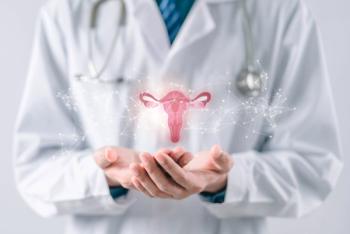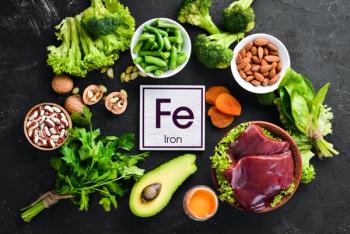
AHA: Physical Activity Attenuates Salt's Impact on BP
The salt sensitivity of blood pressure decreases with increasing level of physically activity, according to a study presented at the American Heart Association's Nutrition, Physical Activity, and Metabolism/Cardiovascular Disease Epidemiology and Prevention 2011 Scientific Sessions, held from March 22 to 25 in Atlanta.
THURSDAY, March 24 (HealthDay News) -- The salt sensitivity of blood pressure decreases with increasing level of physically activity, according to a study presented at the American Heart Association's Nutrition, Physical Activity, and Metabolism/Cardiovascular Disease Epidemiology and Prevention 2011 Scientific Sessions, held from March 22 to 25 in Atlanta.
Casey M. Rebholz, M.P.H., from the Tulane University School of Public Health & Tropical Medicine in New Orleans, and colleagues examined the association between the level of physical activity and salt sensitivity of blood pressure in a dietary feeding study. A seven-day low sodium intervention (51.3 mmol sodium/day) was followed by a seven-day high sodium intervention (307.8 mmol sodium/day) in 1,906 participants. Nine blood pressure readings were taken during each intervention phase. Participants' physical activity levels were assessed using a standard questionnaire.
The investigators found that the level of physical activity and salt sensitivity of blood pressure had a dose-response relationship. The average systolic blood pressure responses to high-sodium intervention decreased progressively from the lowest to highest quartiles of physical activity (5.27 mm Hg in the lowest to 3.88 mm Hg in the highest). Age- and sex-adjusted analysis showed that 47.3 percent of the least active participants and 34.7 percent of the most active had high salt sensitivity. The adjusted odds ratios of high salt sensitivity of systolic blood pressure were 0.90, 0.83, and 0.62, respectively, for the highest three quartiles compared with the lowest quartile of physical activity.
"Physical activity is significantly, independently, and inversely related to salt sensitivity of blood pressure with a graded response between level of activity and salt sensitivity," the authors write.
Related Content
Newsletter
Get the latest clinical updates, case studies, and expert commentary in obstetric and gynecologic care. Sign up now to stay informed.










